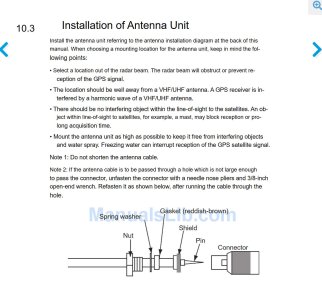Alicatt
Well-known member
I was walking along the harbour when I got asked why there was no video from the towed array camera on a commercial dive boat, I went down on board and had a look, they had snagged the umbilical and ripped the coax and power cable apart then tried to splice it back together like a ropeI don't recommend it, but I've transmitted high quality colour video from an ROV by croc-clips; connecting a paper clip from the coax centre to the BNC panel centre, the screen sellotaped to the outer on the panel.
When needs must etc.etc..., but I'd always go with what the manufacturer has already, which is what the OP desired.
As an aside, until today I'd always believed that it was the British Naval Connector, and had never realised that there were credible alternatives in Bayonet Nut Connector or Bayonet Neill Concelman.
I got invited out on their seabed search in the Pentland firth, was a great experience, and we found the "treasure" they were looking for later on the videos we recorded.


